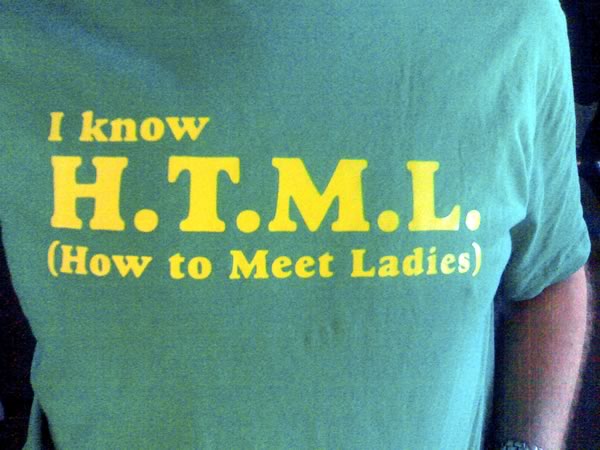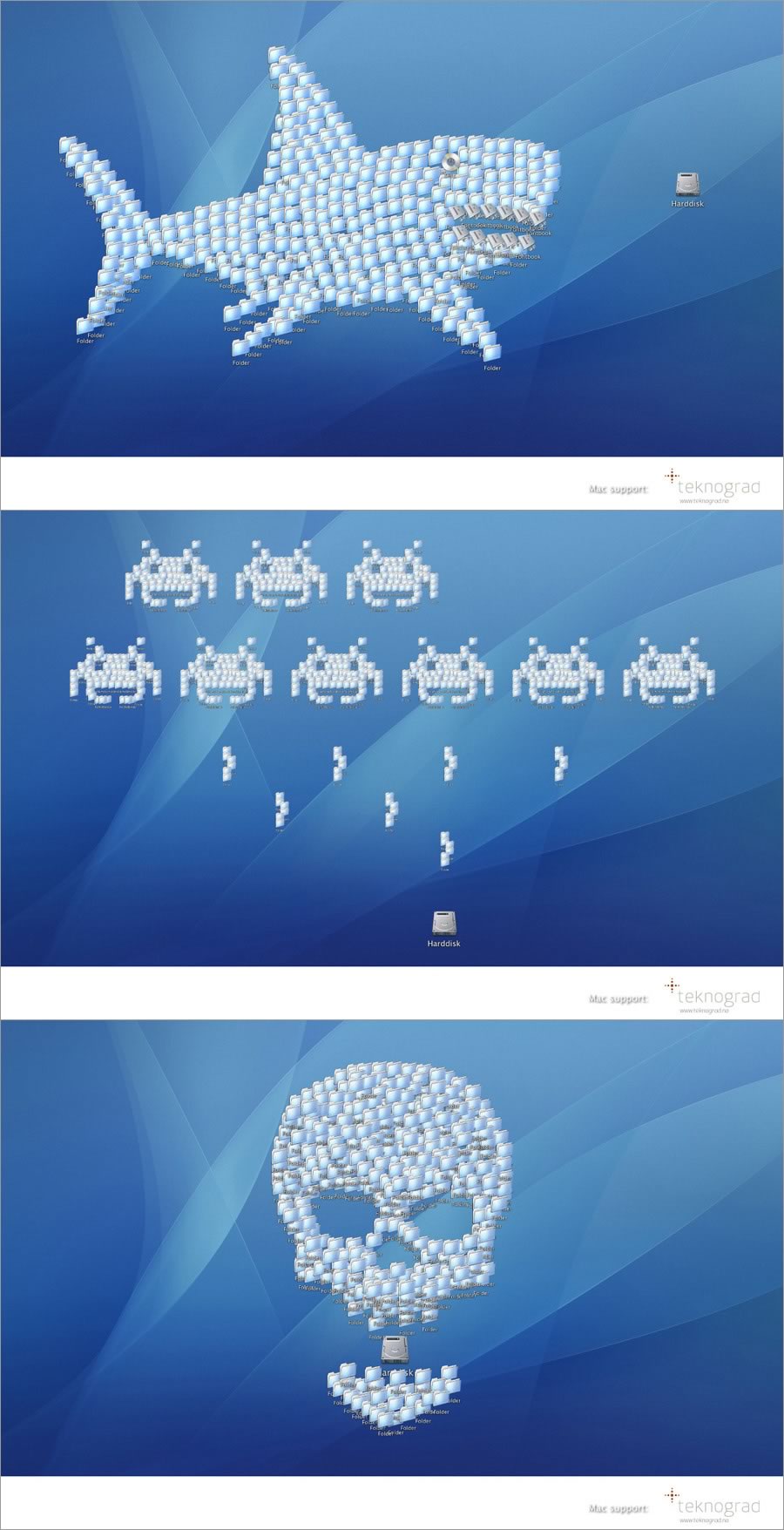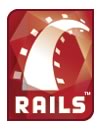
A still from the original “Odd Todd” cartoon, Laid Off: A Day in the Life.
Click the image to watch the cartoon.
Inspired by news of the impending layoffs at Yahoo!, Robert Scoble — quite possibly the internet’s best-known tech evangelist has compiled a list in his article What to Do if You’re Laid Off in the 2008 Recession. I’ve got a condensed version of his list items below; I suggest you read the article to see the list in full. It’s good advice whether you’ve just been laid off, looking for a job or even if you’re currently employed and looking for your next job.
(Note: while a few of these points are tech industry-specific, they should be easily adaptable to whatever field you’re in — or would like to be in.)
- Don’t get lazy. It might seem dire, but if you work it you WILL find a job.
- Make sure you spend at least 30% of every day trying to find a job.
- Start a blog on the field you want to work in.
- Do things that will get you to be recognized as a world leader in the field you want to be in. Are you a programmer? Build something and put it up!
- Network! Learn from Loic Le Meur. How did he get thousands of videos uploaded on Seesmic everyday? He networked.
- Do a video everyday on YouTube that demonstrates something you know. Loic does a video everyday. If you’re laid off you have absolutely no excuses.
- Show your friends your resume and cover letter. Don’t have any friends? Now is the time to make some. Call up some interesting people and ask for an informational interview.
- Do the basics. Yes, my blog helped me AFTER I got the interview, but I got the interview just by having a great cover letter and an interesting resume.
- Don’t feel bad about taking government assistance. You’ll need it to pay your bills.
- Go to any job networking session you learn about.
- Go where the money is. If you are laid off and you haven’t sent your resume to Matt Mullenweg this morning, why not? People with new funding (Matt just got almost $30 million) are the ones who are hiring.
- Take a little bit of time to work on family and health.
- Volunteer. Let’s say you are going to be out of work for six months. What could you do with six months of your time? Make sure you come away with it with a great project under your belt. Why not volunteer your time with a charity that could use your skills? Building an IT system for the Red Cross looks damn impressive — saying you were “on the beach” for six months does not,
- Make sure you take advantage of any help your former employer is offering. Sometimes they have retraining or other programs that might help you land an even better job.
- See if you can keep coming into the office. This isn’t open to everyone, but at Userland I kept coming into work everyday after the paychecks stopped. That made me feel better, plus it gave me the ability to use phones, stay away from negative situations (do you really want to be around family all day, everyday, who might remind you that you need to find a job?) as well as give you a place to work hard on finding your new job.
- Go to every business event you can attend. Can’t afford to get in? Me neither and I have a job! Hang out in the hallways. You never know who you might meet.
- Always have your suit ready. Some interviews happen quickly. You want to be able to answer “yes” to “Can you be here this afternoon?”
You may also want to check out the Deep Jive Interests article that asks Are You Applying SEO Strategies To Your Resume?



